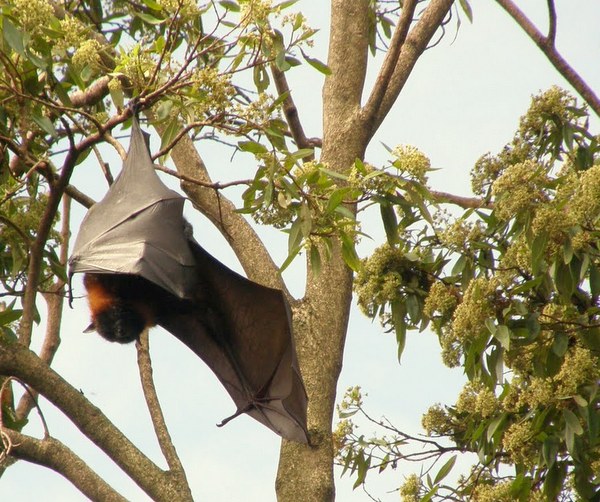Bats: Threatening or threatened?
We sat on rocks enjoying the cool summer air outside the Park Service cabin. It was remote and more than 50 miles north of Sitka. Earlier that afternoon, our rented float plane landed on a small lake behind the White Sulphur Hot Springs site. Soon a pile of supplies sat between ferns and rock. We carried our week's rations and a fold-boat kayak along a short forest trail and into a rough-hewn cabin that could sleep eight. It was more than enough room for the two of us.
I remember looking up as the plane rumbled back up into the air and thinking, “Now I've done it.” The only way home was to kayak 21 miles up a salt water passage to catch a mail plane back home to Juneau. There were grizzly bears, otters, an encounter with a flower harvesting hermit along the way, but the most startling experience was with bats; hundreds of them.
The thing is those were Brown Nose bats and we were sojourning just a few miles north of their primary home in that northern state. We sat enjoying the twilight and dinner while perched on the huge boulders that covered the cove. The light on Southeast Alaskan summer nights never descends to pitch black. A glowing blue suspended over the horizon when we noticed the first flickers. There were darting shadows skimming the water. The shadows grew into clouds and we sat very, very still.
Bats were crawling out of subterranean caves and catapulting into the night all around us. Once we realized what was going on, it was too late to be scared. It was obvious they weren't interested in us, but off to find bugs and other small prey. It felt prudent to just stay put until they left. Not hard to do on a soft summer night far from any other distractions.
You don’t need to venture as far north as Alaska to observe bat colonies. Today, many are enjoyed in more urban settings. Over half of the 47 species of bats in the United States have been documented to use highway structures as roosts. The number and quality of natural roosts such as caves and snags has diminished while the importance of artificial habitats such as bridges and culverts has increased.
Approximately 1.5 million Mexican free-tailed bats live each summer under the Ann W. Richards Congress Avenue Bridge in downtown Austin, Texas. Once seen as a nuisance, today there is greater understanding that many of these bridge colonies are an indispensable natural resource providing important ecological benefits, including urban and agricultural pest control. They also bring in important tourist dollars.
My encounter in that small coastal retreat was only a small contribution to Alaska’s tourism industry, but the experience was priceless.
P.S. The photo, courtesy of the author, is of a fruit bat in Sydney, Australia. No pictures from White Sulphur Hot Springs survived the kayak trip!
